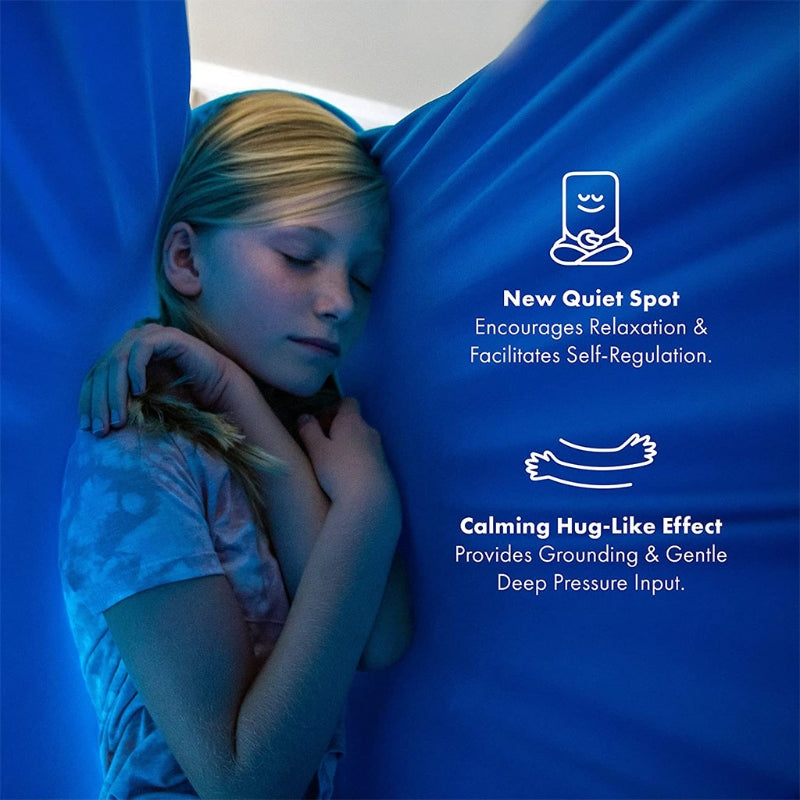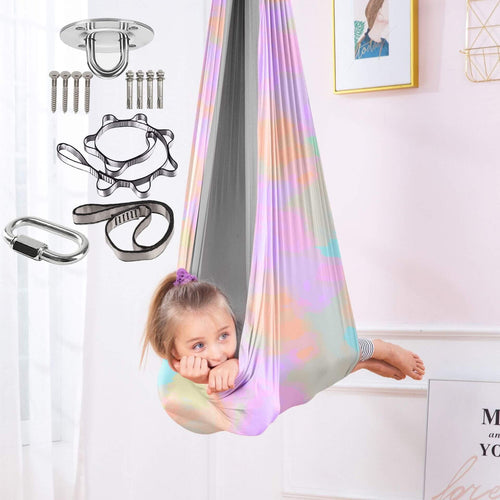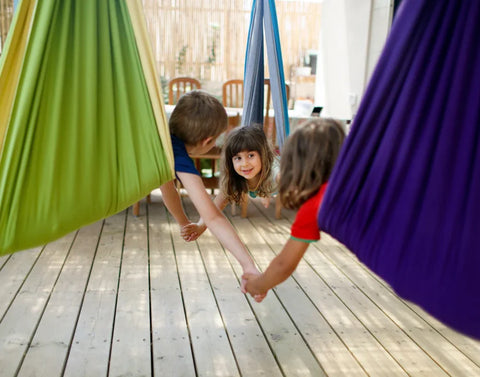Hey there, folks! Today we're going to dive into something really fun and useful - finding the perfect adaptation solutions for different family spaces, whether you've got a cozy small apartment or a spacious large room, all while keeping an eye on your budget. And of course, we'll also take a close look at the awesome features of the SensoryHarbor product line, like load-bearing capabilities, materials used, and installation methods. Plus, I'll give you some great purchase suggestions, including how to handle that long-tail word question: "How to Install a Sensory Swing", and I'll even tell you where to find an installation video (even if I can't actually embed it here).
Adaptation Solutions for Different Family Spaces
Let's start with those of you who are rocking a small apartment. Space is precious in a small pad, right? But that doesn't mean you can't have some cool and functional additions. For example, when it comes to swings or any sensory products, you might want to look for ones that are compact and can be easily folded away or mounted on the wall when not in use. Think about a wall-mounted sensory swing that can be pulled down when the kids (or you!) want to have some fun and then pushed back up to save space. It's like having a secret playtime spot that doesn't take up valuable floor area.
Now, for those lucky ducks with large rooms, the possibilities are more wide open. You can go for bigger and more elaborate sensory setups. Maybe a full-on sensory corner with a large, sturdy swing that can handle multiple kids at once. You could add in some soft cushions and mats around it to make it a cozy and safe play area. And don't forget about other sensory elements like hanging mobiles with different textures or lights that can create a really immersive experience.
Budget is also a big factor here. If you're on a tight budget, don't worry! There are plenty of affordable options out there. Look for DIY sensory projects where you can use things you might already have around the house, like old sheets to make a makeshift canopy for a swing area, or recycled materials to create some unique sensory toys. On the other hand, if you've got a bit more to spend, you can invest in higher-quality products from brands like SensoryHarbor that will not only look great but also last longer.
The SensoryHarbor Product Line Features
Speaking of SensoryHarbor, let's dig into what makes their products so special. First up, load-bearing. Their swings, for example, are designed to handle a decent amount of weight. Whether it's a small child or a bigger kid (or even an adult who wants to relive their childhood!), you can feel confident that the swing will hold up. They use strong materials and careful engineering to make sure that the load-bearing capacity is reliable. So you don't have to worry about any unexpected crashes while having a good time.
When it comes to materials, SensoryHarbor doesn't skimp. They use high-quality, durable fabrics for their swings. These fabrics are not only soft to the touch but also resistant to wear and tear. So even after lots of swinging sessions, the swing will still look and feel great. And the frames of their products are usually made of sturdy metals or strong plastics, depending on the specific item. This combination of materials ensures that you're getting a product that can withstand the test of time and lots of active use.
Installation methods also vary depending on the product. Some of their swings come with easy-to-follow instructions for a simple hanging installation. You might just need a couple of hooks in the ceiling or on the wall, and you're good to go. Others might have a more elaborate setup, like a freestanding frame that requires some assembly. But don't let that scare you! The instructions are usually pretty clear, and if you take your time, you'll have it up and running in no time.
Purchase Suggestions
Now, when it comes to making a purchase, there are a few things to keep in mind. First, of course, is your budget, as we've already talked about. Decide how much you're willing to spend and then look for products within that price range that meet your needs.
Next, consider the space you have available. Measure the area where you plan to put the sensory product to make sure it will fit properly. You don't want to end up with a swing that's too big for your small apartment or a sensory corner that looks lost in a large room.
And then there's that long-tail word question: "How to Install a Sensory Swing". Well, the good news is that most SensoryHarbor products come with detailed instructions on how to install them. But if you're still a bit unsure or just want some extra visual guidance, you can usually find installation videos on their website or on YouTube. Just search for the specific product name along with "installation video" and you'll likely find what you need. For example, if you bought a SensoryHarbor deluxe swing, you'd search for "SensoryHarbor deluxe swing installation video".
When you're looking at reviews of the products, pay attention to what other customers have to say about the installation process. If a lot of people mention that it was super easy or that they had some difficulties and how they overcame them, that can give you a good idea of what to expect. And don't be afraid to reach out to the company's customer service if you have any questions before or after your purchase. They should be able to help you out with any installation or other product-related issues.
In conclusion, whether you're in a small apartment or a large room, and regardless of your budget, there are great options out there for creating a fun and sensory-rich environment. The SensoryHarbor product line offers some really cool features in terms of load-bearing, materials, and installation methods. And by following these purchase suggestions and taking the time to learn how to install your sensory swing properly, you'll be well on your way to enjoying many hours of swinging and sensory fun with your family!







